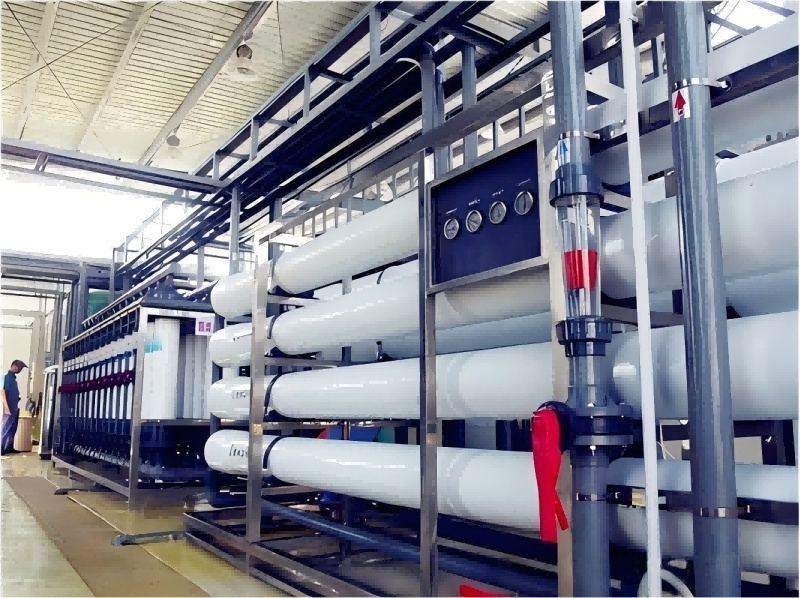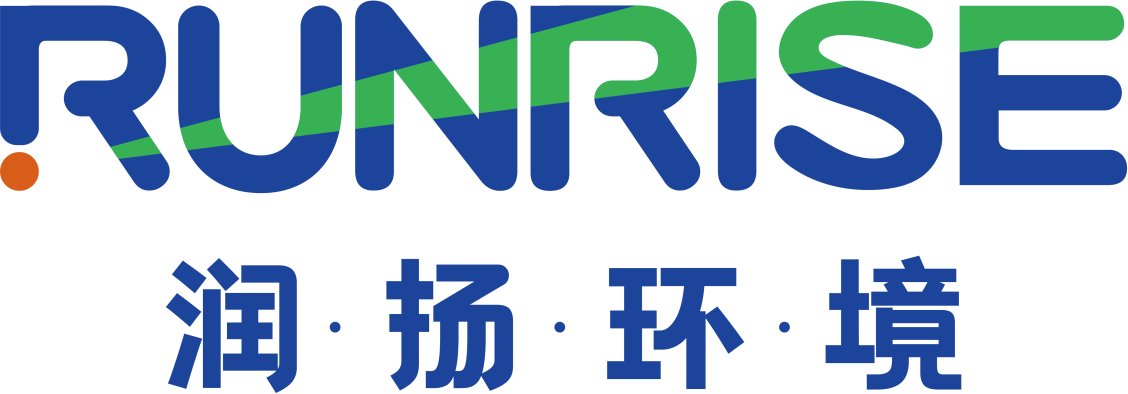Marketing Hotline:
(+86)0532-88988868
(+86)0532-88988868
Preface
Reverse osmosis, also known as RO, is a membrane separation process that uses a pressure difference as the driving force to separate the solvent from a solution. It is called reverse osmosis because it occurs in the opposite direction of natural osmosis.
Malfunctions Caused by Deterioration of Inlet Water
QualityIn the initial design, because the inlet water quality was relatively good, the system operated fairly stably. However, as the inlet water quality deteriorated over time and the system was unable to undergo pre-treatment optimization, the reverse osmosis unit experienced relatively serious operational malfunctions.Specifically, this was manifested as:A rapid decline in water production, and a swift increase in operating pressure and pressure differential, among other issues.
Failures caused by performance degradation in pretreatment
Due to the deterioration of pretreatment equipment performance, the turbidity, SDI value, COD value, etc., of the effluent seriously exceed the requirements for influent water quality. Specifically, this is manifested as:Breakage of CMF or UF membrane fibers; severe bacterial and microbial growth in the buffer tank; disordered layering or channeling in multi-media filter materials; pulverization of filter media or severe microbial growth in activated carbon filters.
Malfunction caused by the use of low-quality filter elements in the guard filter
When the output of the guard filter increases, the filter element is prone to deformation or its filtration accuracy cannot meet the requirements, allowing contaminants to enter the reverse osmosis system directly.Specifically, this is manifested as:The diameter of the guard filter element is too small; the filter element is of poor quality, and its filtration accuracy does not meet the requirements; the filter element cannot be tightly pressed and is easily deformed.
Faults caused by improper selection or dosing of scale inhibitors
As the 'guardian' for the safe and stable operation of reverse osmosis, antiscalants have become the mainstream in scale prevention due to their excellent effectiveness and low operating costs. However, many issues have arisen in the selection, dosing, and mixing of antiscalants. Specifically, these problems are reflected in: the mismatch between the performance of antiscalants and water quality; the unreliable performance of antiscalant dosing pumps; excessive dilution of antiscalants; and severe contamination of antiscalant dosing tanks.
Malfunctions caused by improper dosing of other chemical reagents
For different water qualities, a certain amount and type of chemicals need to be added to enhance the treatment effect on the raw water. However, due to various reasons, the incorrect use and addition of these chemicals can sometimes cause serious consequences. Specifically, inappropriate coagulants can lead to severe membrane fouling; excessive addition of oxidants can cause membrane oxidation; and excessive addition of reductants can result in serious membrane blockage.
Malfunctions caused by instrument and meter failures
Currently, most reverse osmosis devices use imported digital meters. Some meters, when correctly installed, display flow very accurately and the readings are stable; however, other types of digital meters have large fluctuations in values during operation. Especially for some meters with parameter setting functions, the displayed water production is subject to human factors, which can affect the technicians' judgment of the reverse osmosis system, as these meters act as the 'eyes' of the system.
Specifically, this is reflected in:
1. The concentrate flow rate display is higher than actual (actual is lower), causing an excessively high reverse osmosis recovery rate and resulting in scaling;
2. The concentrate flow rate display is lower than actual (actual is higher), causing a too low reverse osmosis recovery rate and resulting in a pressure difference;
3. The flow meter readings fluctuate too much, making it impossible to correctly judge according to a 10–15% proportion.

Failures caused by equipment design defects and improper operation and maintenance
Various problems frequently occur with reverse osmosis (RO) systems. Some systems have design flaws, while others experience deviations during daily operation and maintenance, leading to significant operational risks.
The specific issues are as follows:
1. During the initial design, the high-pressure pump head was selected too low, resulting in insufficient water production when temperature or feedwater quality changes.
2. Oxidation of membrane elements causes an increase in water flux and a decline in permeate water quality.
3. Inverted or damaged brine sealing rings result in excessive actual recovery rates, leading to scaling and decreased water quality.
4. Damaged O-rings cause a decline in permeate water quality.
5. Mixing old and new membrane elements or membranes of different types leads to reduced system performance.
6. Overlapping or partially overlapping concentrate thrust rings and concentrate outlets in pressure vessels result in excessive recovery rates, causing scaling.
7. Excessive pressure vessel length causes concentrate leakage into the permeate side, lowering water quality.
8. Stepless pressure gauges cannot reliably analyze or assess RO operation conditions.
9. Large pressure differentials produce a 'telescope effect' on membrane elements, causing damage.
10. Increased permeate backpressure reduces water production.
11. Unreasonable RO arrangements increase water flux in certain local membrane elements, accelerating fouling.
12. Improper RO recovery design results in an insufficient number of membrane elements.
13. Particulate fouling causes severe mechanical blockage of membrane elements; large pressure differentials in one stage degrade both water production and quality.
14. Contaminant deposition and bacterial or microbial fouling occurring during system shutdown.


